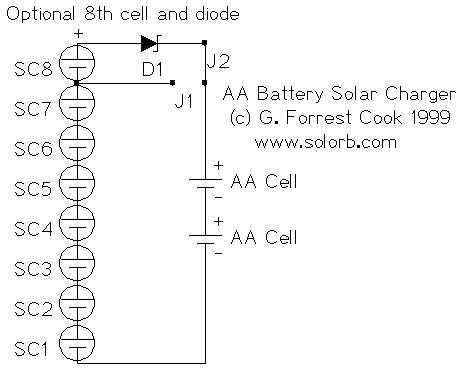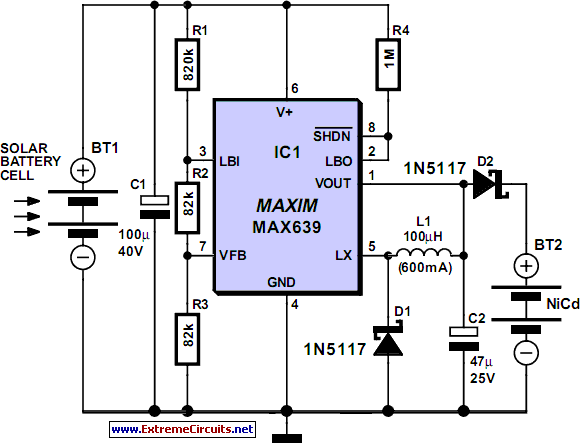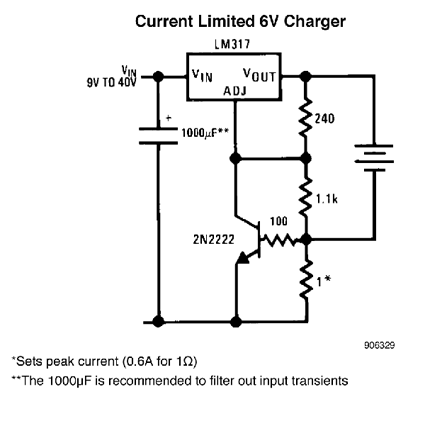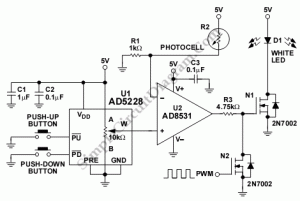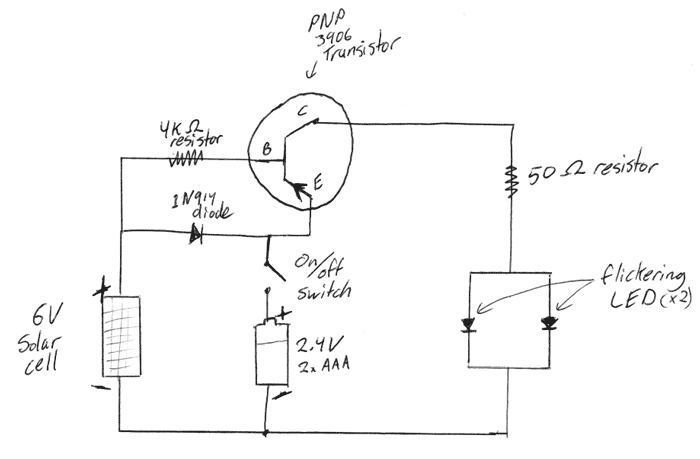
solar pane
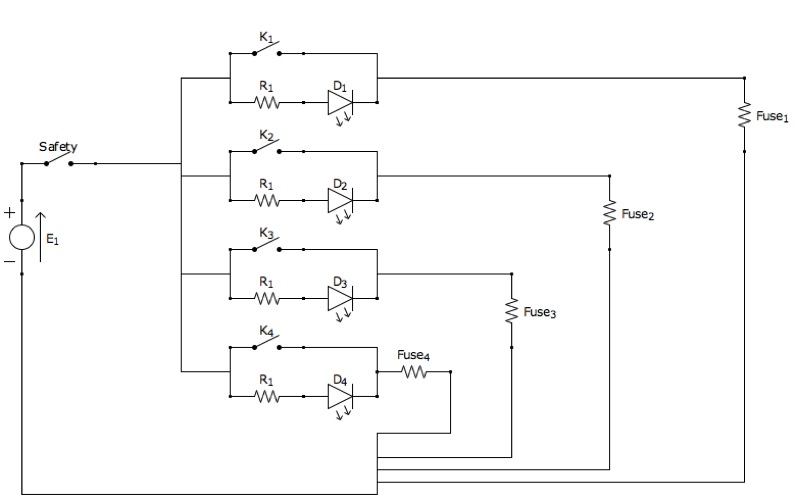
An article detailing the construction of a small solar panel from scratch.
The process of building a small solar panel from scratch involves several key components and steps that are crucial for achieving an efficient and functional solar energy system.
To begin, the primary component required is solar cells, which convert sunlight into electrical energy. These cells are typically made from silicon and can be purchased from various suppliers. The arrangement of these cells is critical; they must be connected in series or parallel to achieve the desired voltage and current output.
Next, a backing material is needed to support the solar cells. Common materials include plywood or a plastic sheet, which should be weather-resistant to protect the cells from environmental factors.
Wiring is another essential element. Copper wire is commonly used to connect the solar cells, ensuring that the electrical connections are secure and efficient. Soldering is often employed to make these connections, which requires a soldering iron and solder.
The construction process begins with laying out the solar cells on the backing material, ensuring they are arranged correctly to maximize sunlight exposure. Once positioned, the cells are securely attached using a suitable adhesive. After this, the wiring is connected, ensuring that the positive and negative terminals are correctly aligned to prevent short circuits.
A protective layer, such as glass or clear acrylic, is recommended to cover the solar cells. This layer protects the cells from physical damage while allowing sunlight to pass through.
Finally, the solar panel can be equipped with a charge controller to manage the flow of electricity, particularly if it is intended to charge batteries. This controller prevents overcharging and ensures the longevity of the batteries used in conjunction with the solar panel.
Once completed, the solar panel can be tested to ensure it generates the expected voltage and current under sunlight exposure, confirming its operational efficiency. Proper installation and orientation towards the sun are also crucial for maximizing energy production.An article describing how I built a small solar panel from scratch.. 🔗 External reference
The process of building a small solar panel from scratch involves several key components and steps that are crucial for achieving an efficient and functional solar energy system.
To begin, the primary component required is solar cells, which convert sunlight into electrical energy. These cells are typically made from silicon and can be purchased from various suppliers. The arrangement of these cells is critical; they must be connected in series or parallel to achieve the desired voltage and current output.
Next, a backing material is needed to support the solar cells. Common materials include plywood or a plastic sheet, which should be weather-resistant to protect the cells from environmental factors.
Wiring is another essential element. Copper wire is commonly used to connect the solar cells, ensuring that the electrical connections are secure and efficient. Soldering is often employed to make these connections, which requires a soldering iron and solder.
The construction process begins with laying out the solar cells on the backing material, ensuring they are arranged correctly to maximize sunlight exposure. Once positioned, the cells are securely attached using a suitable adhesive. After this, the wiring is connected, ensuring that the positive and negative terminals are correctly aligned to prevent short circuits.
A protective layer, such as glass or clear acrylic, is recommended to cover the solar cells. This layer protects the cells from physical damage while allowing sunlight to pass through.
Finally, the solar panel can be equipped with a charge controller to manage the flow of electricity, particularly if it is intended to charge batteries. This controller prevents overcharging and ensures the longevity of the batteries used in conjunction with the solar panel.
Once completed, the solar panel can be tested to ensure it generates the expected voltage and current under sunlight exposure, confirming its operational efficiency. Proper installation and orientation towards the sun are also crucial for maximizing energy production.An article describing how I built a small solar panel from scratch.. 🔗 External reference

